Principles of Microeconomics: Lecture 1 - Course 701020
VerifiedAdded on 2021/06/14
|37
|1800
|80
Homework Assignment
AI Summary
This document presents an introductory lecture on the principles of microeconomics. It begins by defining economics and its core concepts, including scarcity and the allocation of resources. The lecture then explores the production possibility frontier, illustrating the various combinations of output an economy can produce efficiently. It differentiates between microeconomics and macroeconomics, positive and normative economics, and explains the benefits of trade and specialization. The document delves into ten key principles of economics, covering decision-making, incentives, market dynamics, and the role of government. It emphasizes how individuals and societies make choices in the face of scarcity, the importance of opportunity cost, and how markets can organize economic activity. The lecture concludes with a summary of the main points, reinforcing the importance of understanding economic principles for informed decision-making and understanding the world around us. This resource is available on Desklib, a platform offering study tools for students.
1 out of 37

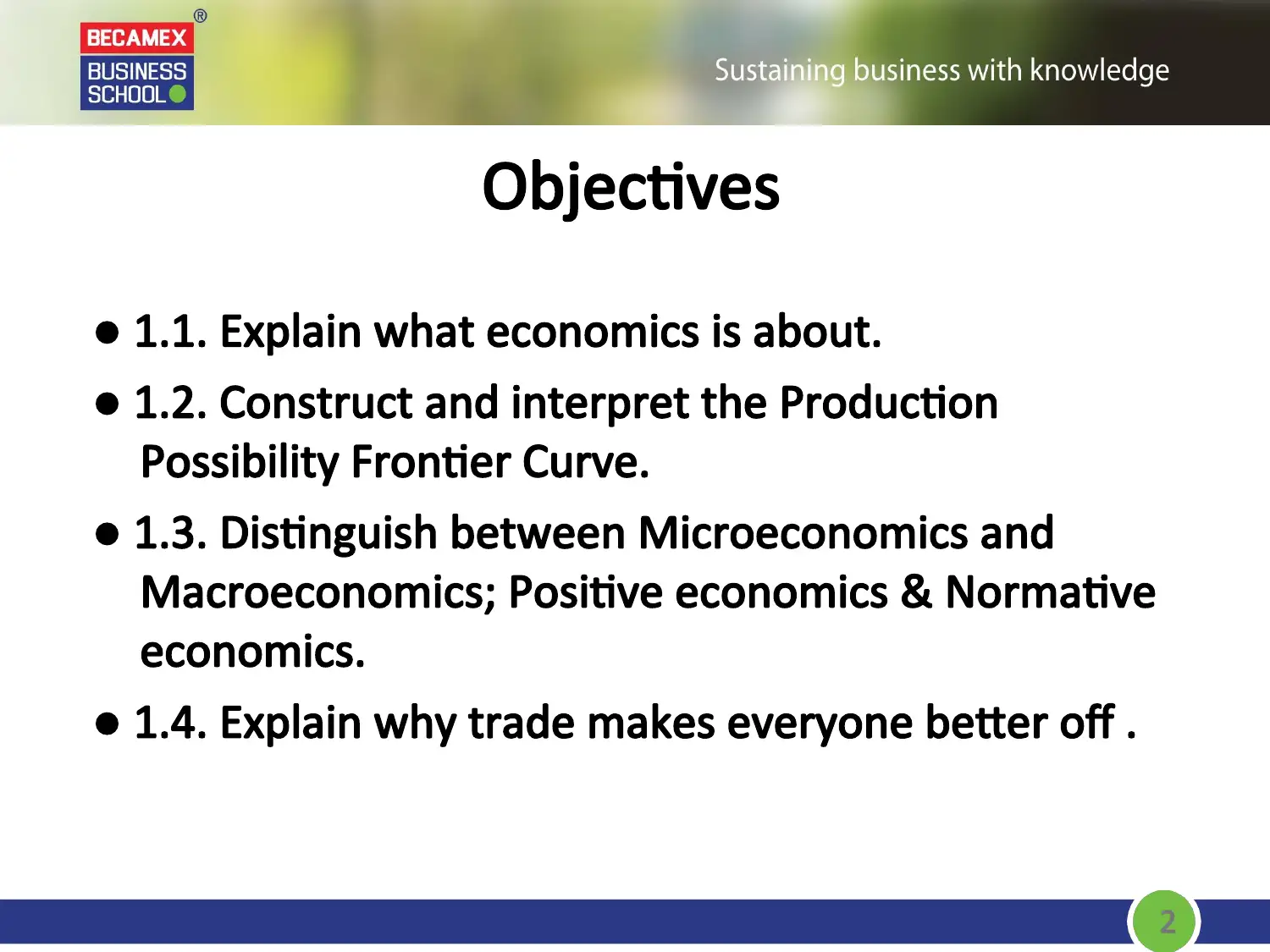
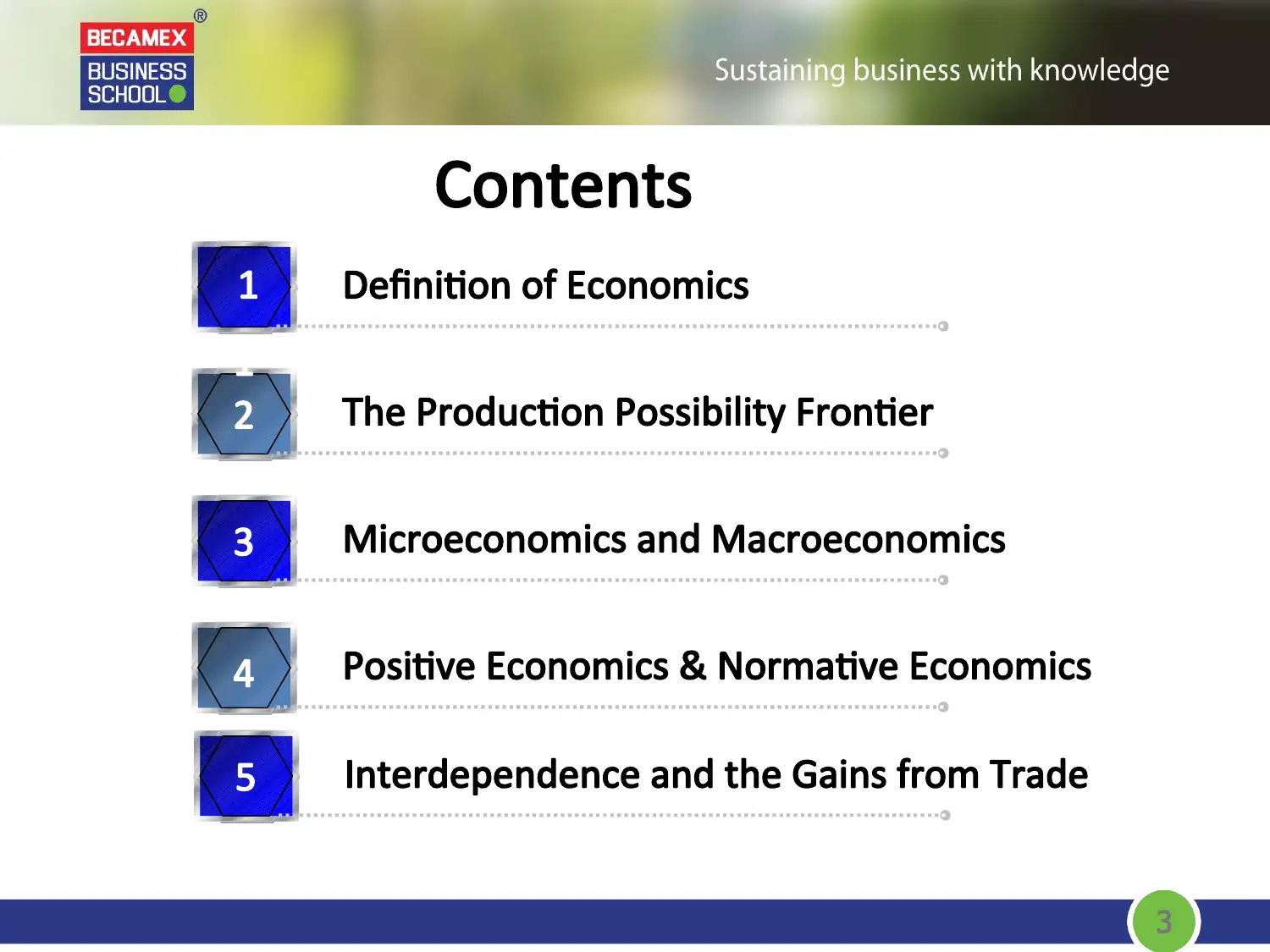


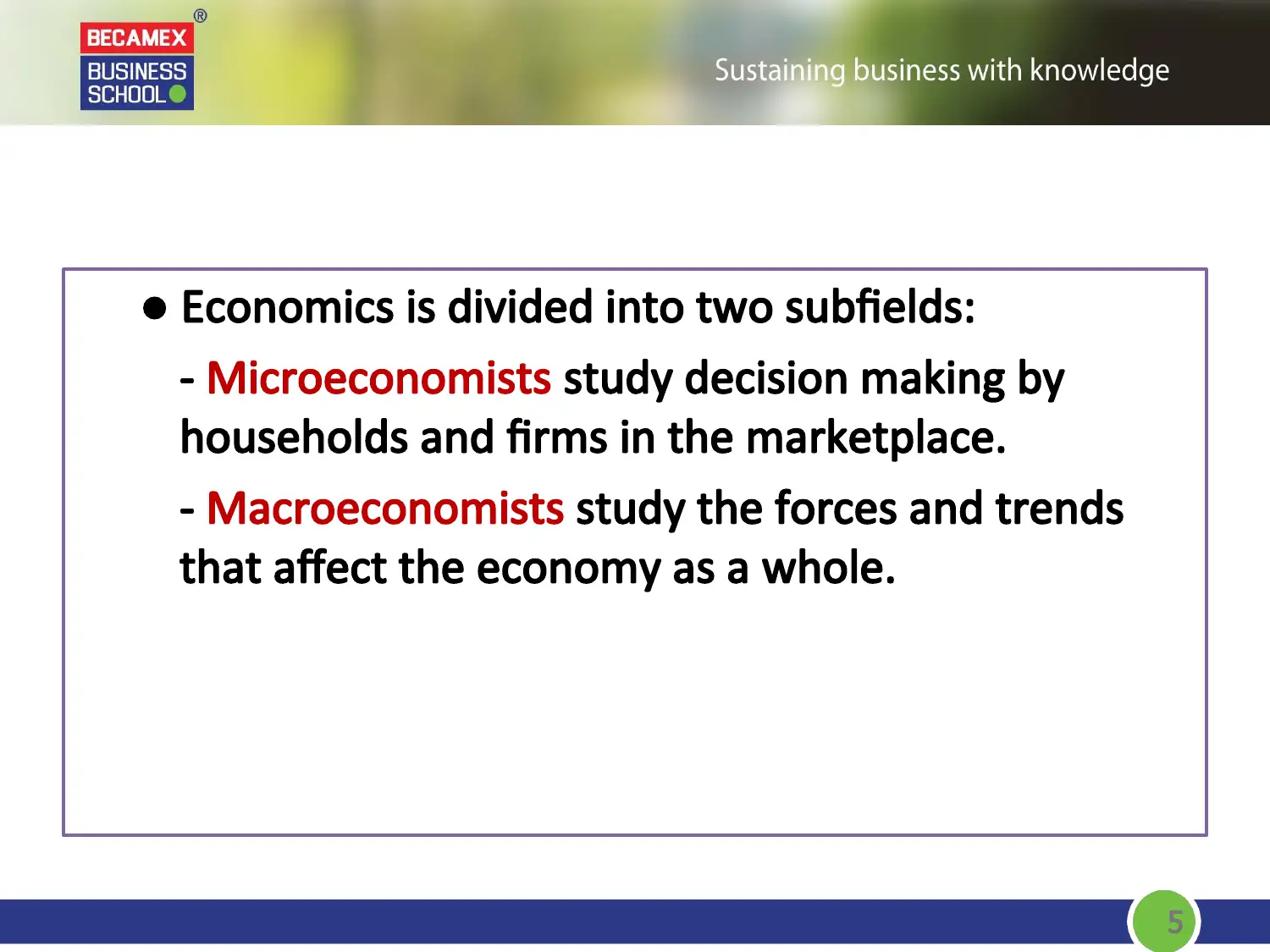


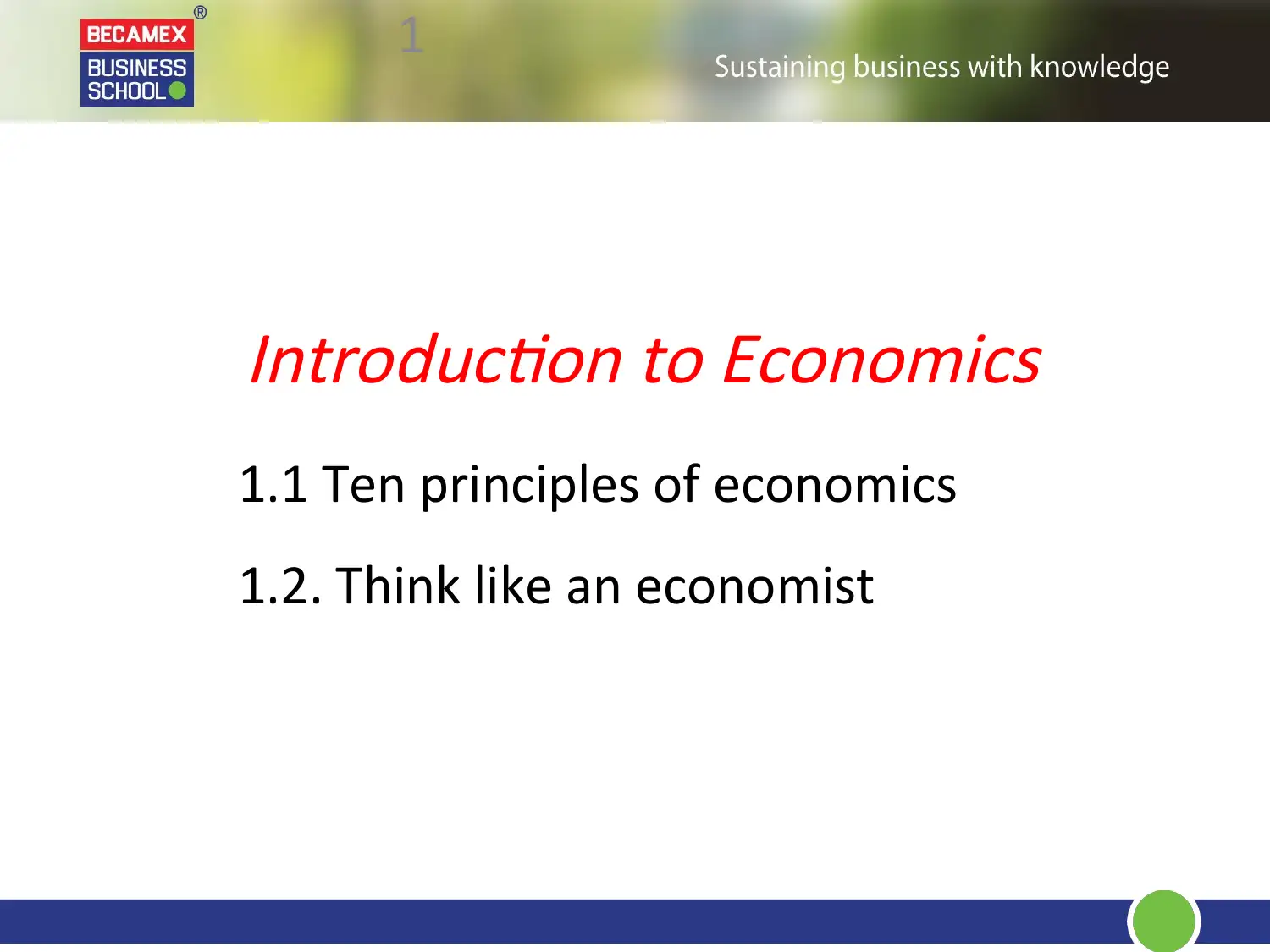
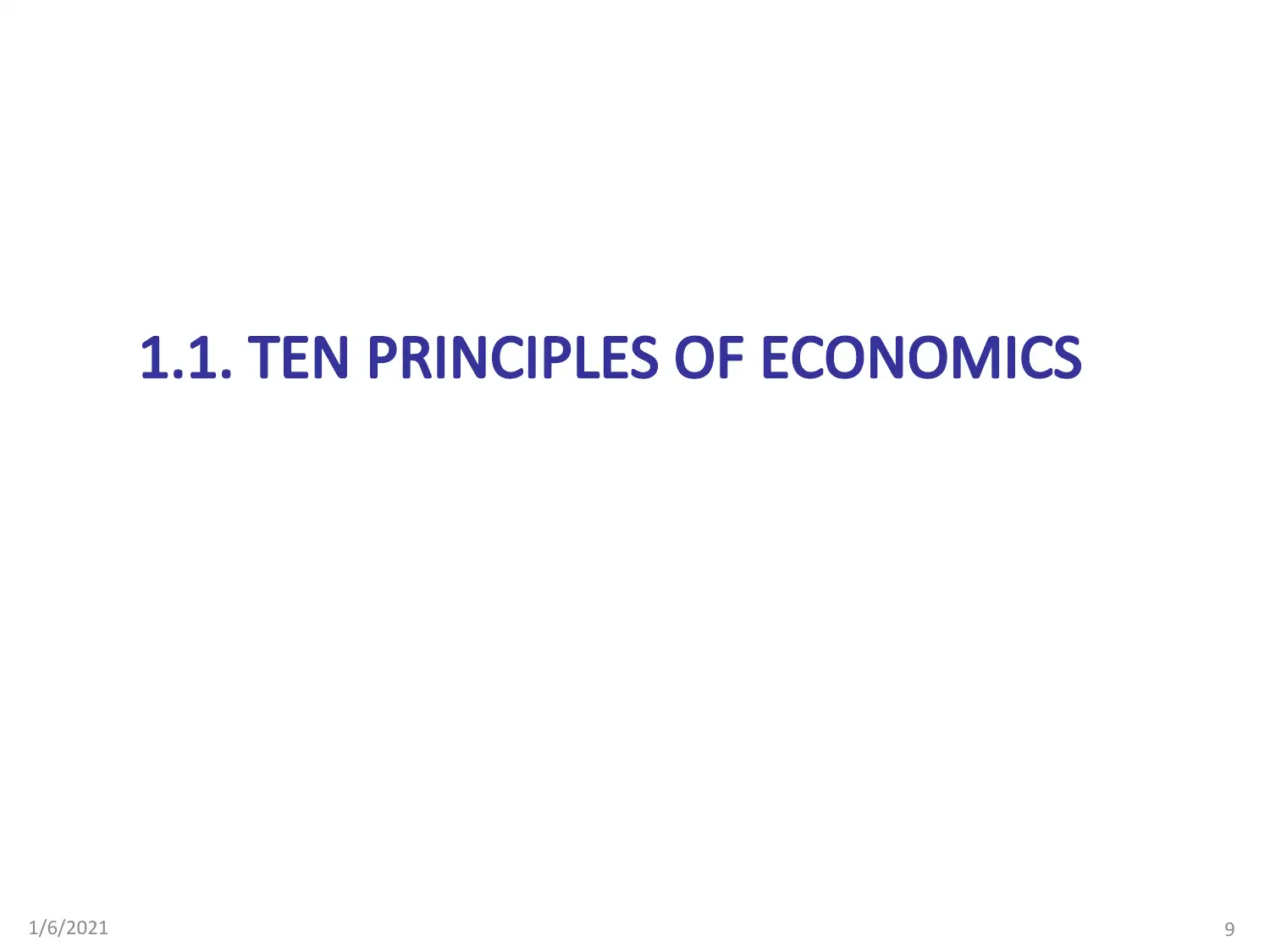
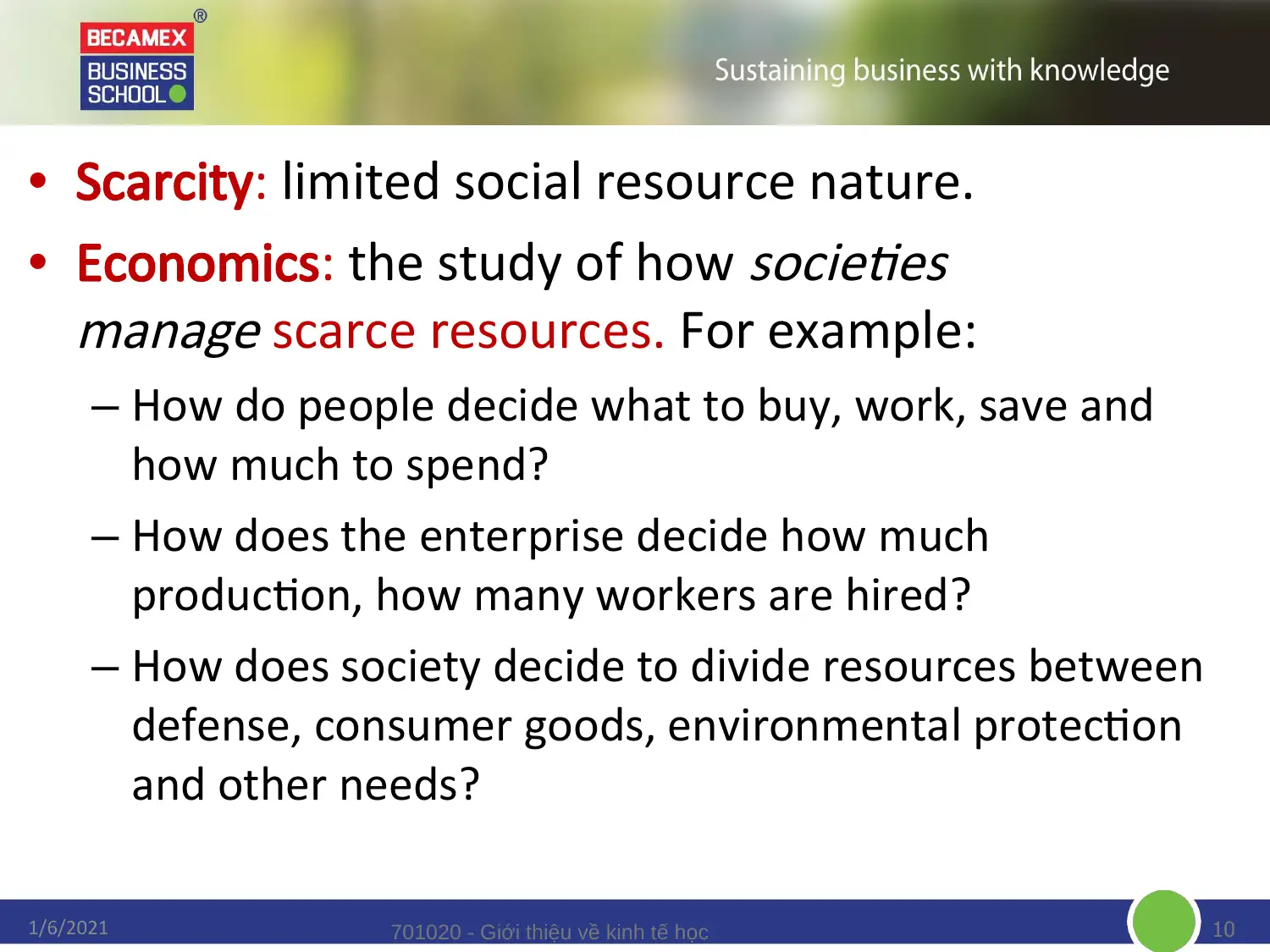
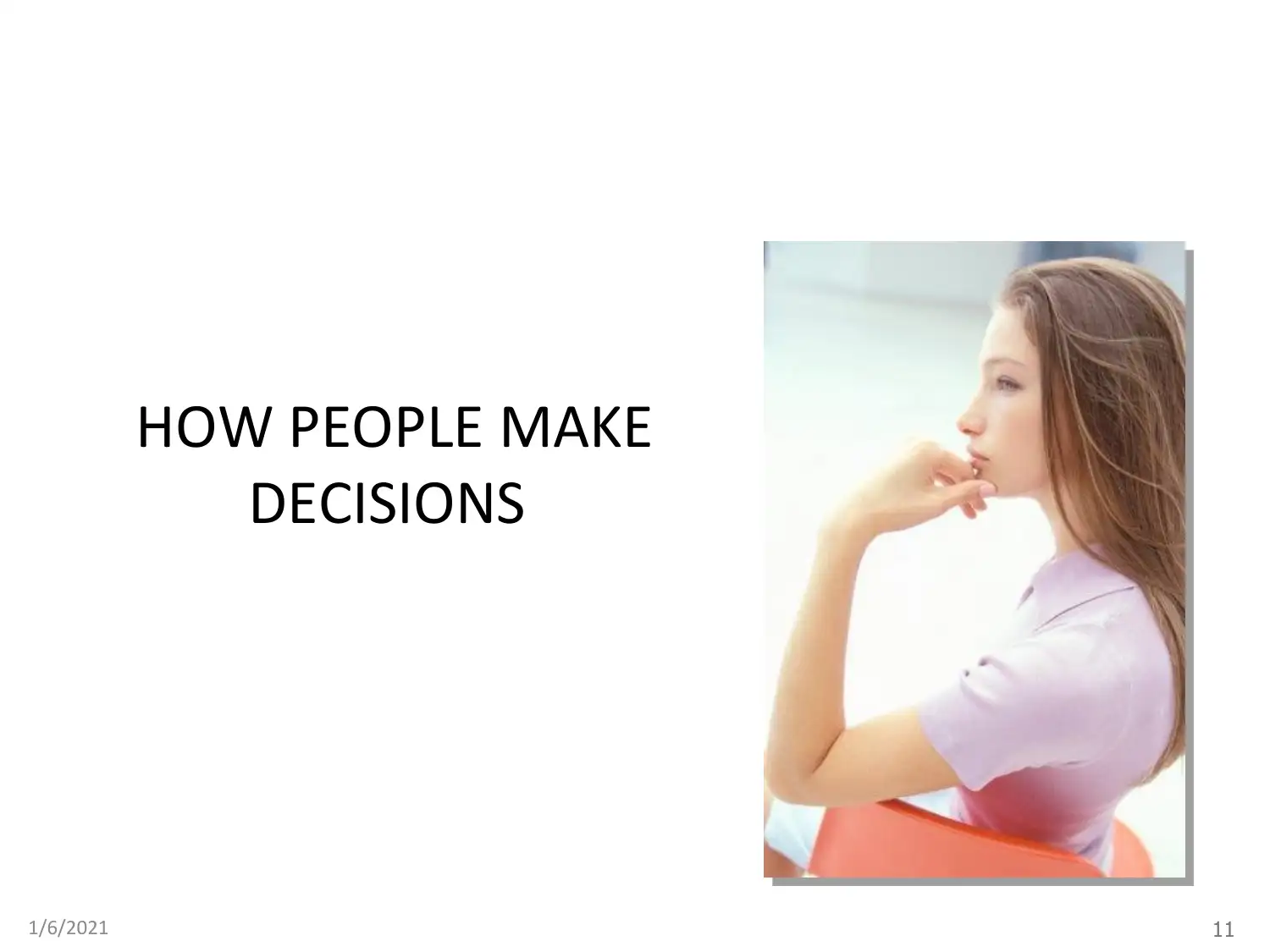
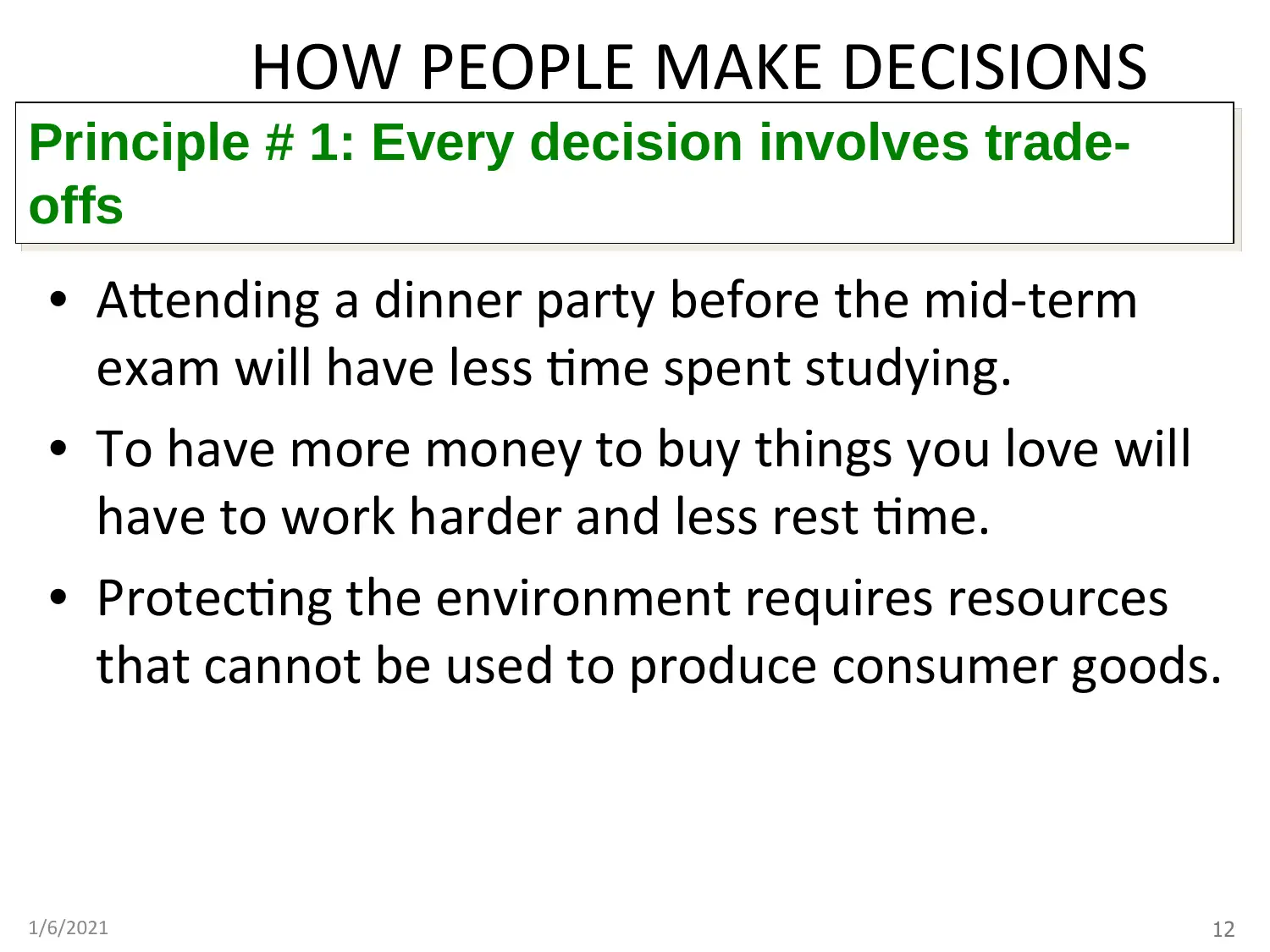





![[object Object]](/_next/static/media/star-bottom.7253800d.svg)